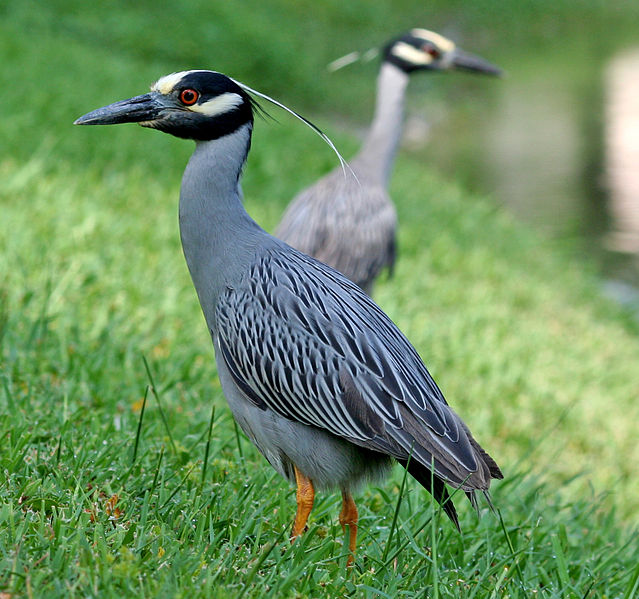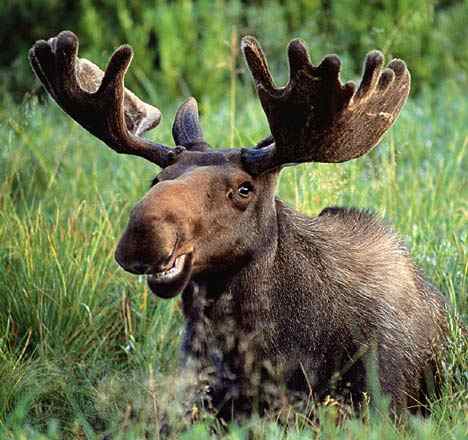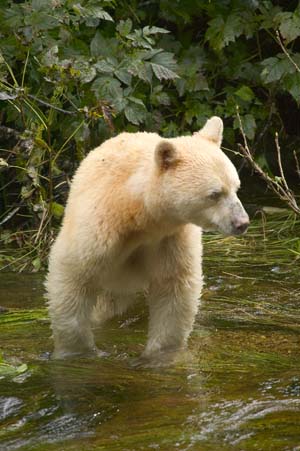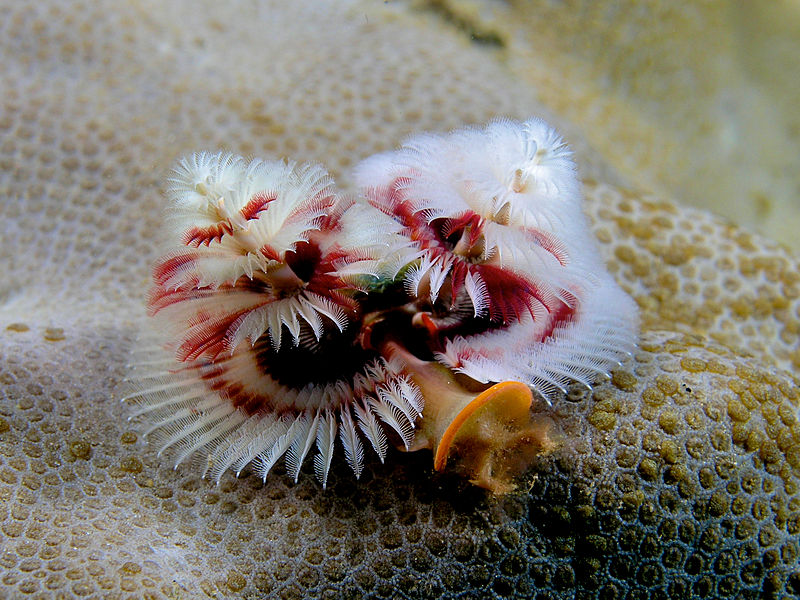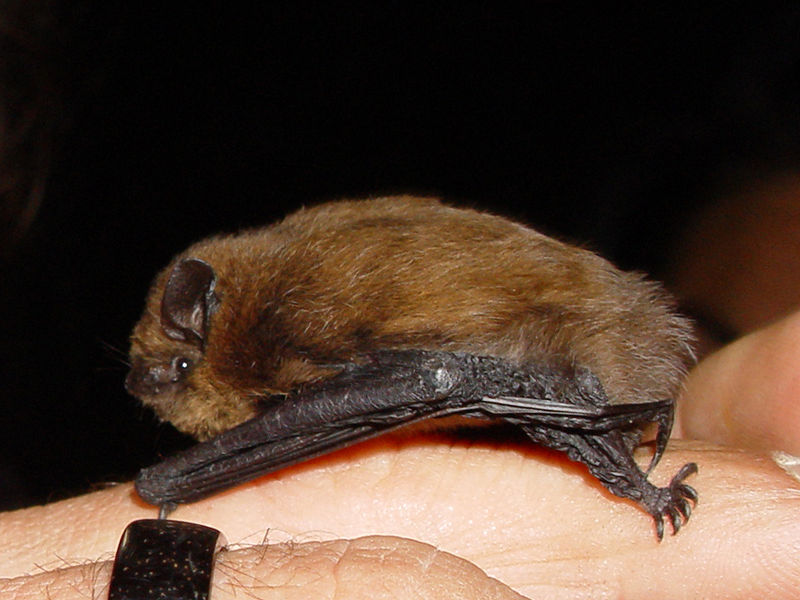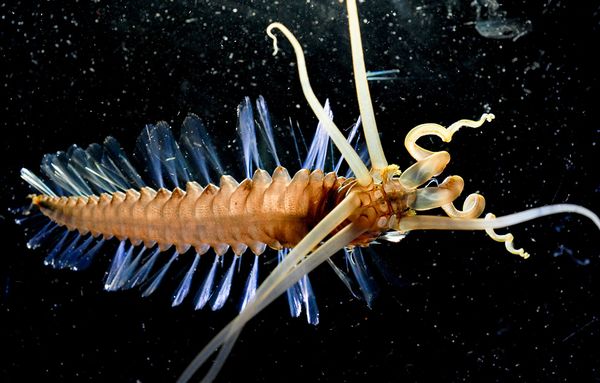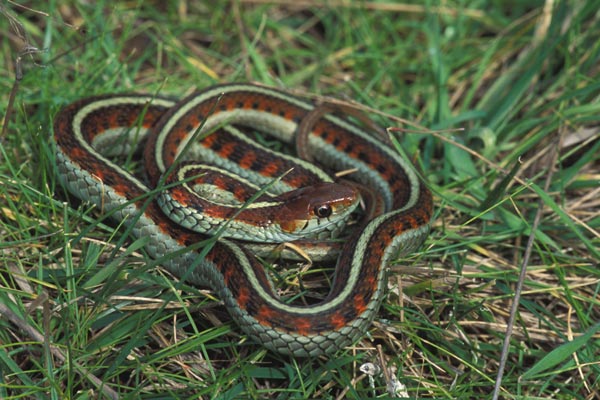
Did You Know?
- The Red-Sided Garter Snake is venomous but they don’t have a great way to inject this mild neurotoxins <— Tweet This
- They are a sub-species of the more common Eastern Garter Snake
- The Red-Sided Garter Snake is capable of growing up to 1 metre (3 feet) in length
Yellow or Red-Sided Garter Snakes?
The Red-Sided Garter Snake is typically dark green or black in colour with three yellow stripes running along their body – one on each side and one down the middle of their back. Wait a minute, they are called Red-Sided Garter Snakes but their stripes are yellow…this doesn’t make any sense. Well, believe it or not, if you look closer it becomes apparent how they received their common name. In between their yellow lines are small vertical red bars. Personally, I would have called them Yellow-Sided Garter Snakes but that is just me.
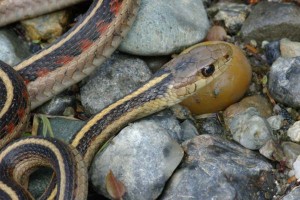
It’s a Group Thing
One of the more intriguing behaviours of the this particular snake are their winter hibernating behaviours. Typically, they will over-winter in groups of hundreds and even thousands of individual snakes, which may give some people the heebie-jeebies but it seems to work well for the snakes. Usually, these snakes will look for rock crevices and caves that don’t drop below 0 degrees Celsius. Similarly, their winter conditions will often have small watering holes present. Why? To go swimming of course. Believe it or not, I am being serious as the Red-Sided Garter Snake has been observed submerging themselves in water during hibernation. I am not 100% sure why they do this but maybe it has something to do with the water being warmer than the air at that time of the year. If you know why they do this, please leave a comment below.
Group Birthing
The Red-Sided Garter Snake doesn’t only hibernate in groups. Believe it or not in late August, groups of females will simultaneously give birth to live young. It sure is nice how these Garter Snakes seem to do everything together. Unfortunately, in the northern part of their range, the females will only give birth once every two years (and sometimes less often than this) as it is difficult for them to collect enough nutrients during the short summer season to be able to give birth on a yearly basis.

